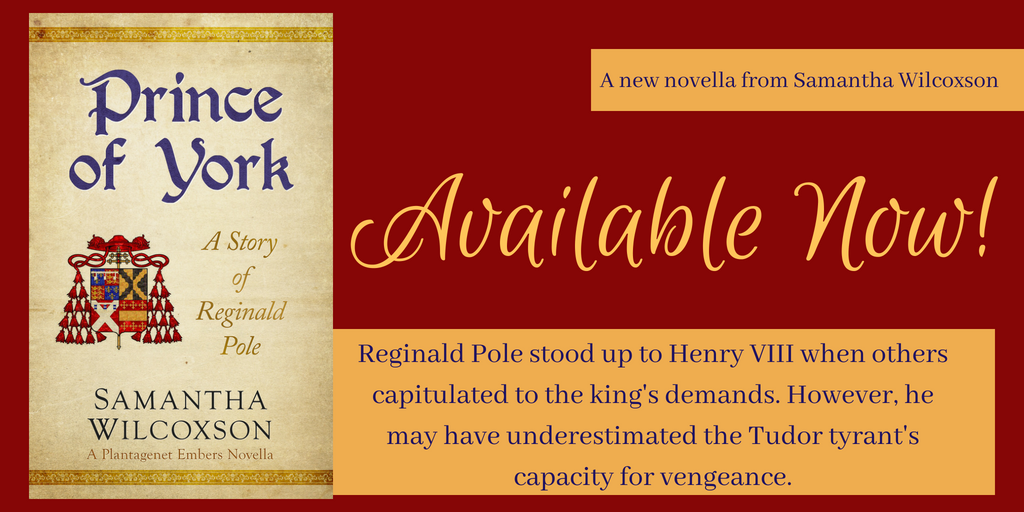
The second volume of Modern Library’s three-volume reprint of Edward Gibbon’s The Decline and Fall of the Roman Empire covers chapters 27 through 48 of the author’s vast magnum opus. Beginning with the reign of Gratian and ending with the reconquests of Heraclius in 628 A.D., Gibbons relates in detail the political, martial, social, and theological developments that saw the ultimate split of the Roman Empire, the fall of the West, and the continuance of Roman tradition in the East centered in Constantinople before glancing at the lives of the next 60 emperors of Byzantium over the next 600 years.
The deterioration of the Rome picks up with the reign of Gratian and his eventual overthrow leading to the unification of the Empire under Theodosius the Great before its finale split with the inheritance of his sons and then their successors over the next 50+ years. Throughout the era of House of Theodosius, the various barbarian tribes made inroads into the Western Empire which included two sacks of Rome itself by the Visigoths and Vandals, as the long ineffectual reign of Honorius and his successors allowed the Empire to slip out of their fingers. In the vacuum arose the genesis of future European states such as England, France, and Spain while Italy declined in population and political cohesion as the Pope began to fill not only a religious but political role.
The Eastern Emperors in Constantinople, unlike their family and colleagues in the West, were able to keep their domain intact through military force or bribes to turn away. The bureaucratic framework established by Constantine and reformed by Theodosius was used to keep the Eastern Empire thriving against barbarian incursion and Persian invasions while creating a link to the Roman past even as the eternal city fell from its greatness. Yet as the Eastern Emperors kept alive the Roman imperial tradition while continually orienting it more towards Greek cultural heritage, the internal conflicts of Christianity became a hindrance to social and imperial stability leading to rebellions of either a local or statewide nature or allowing foreign powers to invade.
This middle volume of Gibbon’s monumental work is divided in two, the first focusing on the fall of the Western Empire and the second on how the Eastern Empire survived through various struggles and for a brief time seemed on the verge of reestablishing the whole imperium. Yet throughout, Gibbon weaves not only the history of Rome but also the events of nomadic peoples as far away at China, the theological controversies within Christianity, and the numerous other treads to create a daunting, yet compete look of how Rome fell but yet continued.

 Log in with Facebook
Log in with Facebook 











